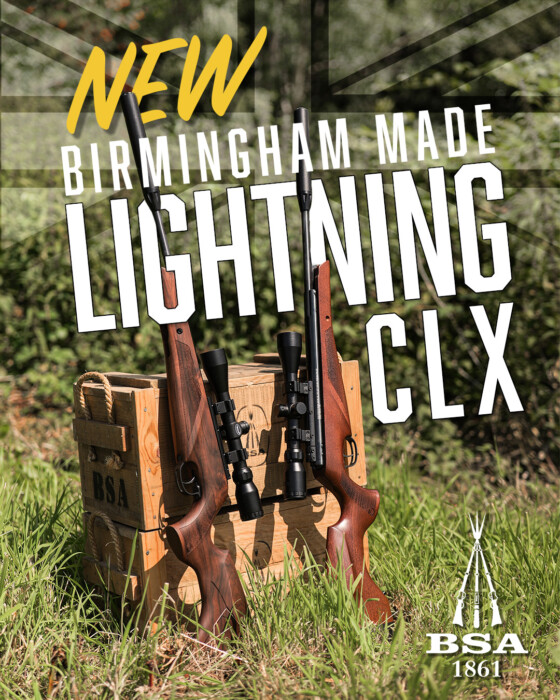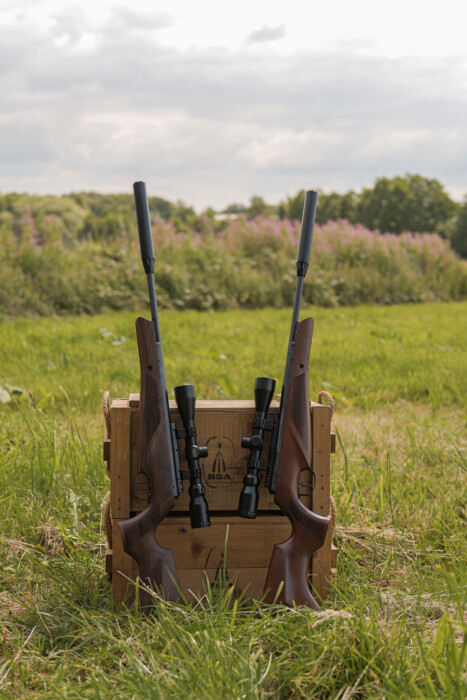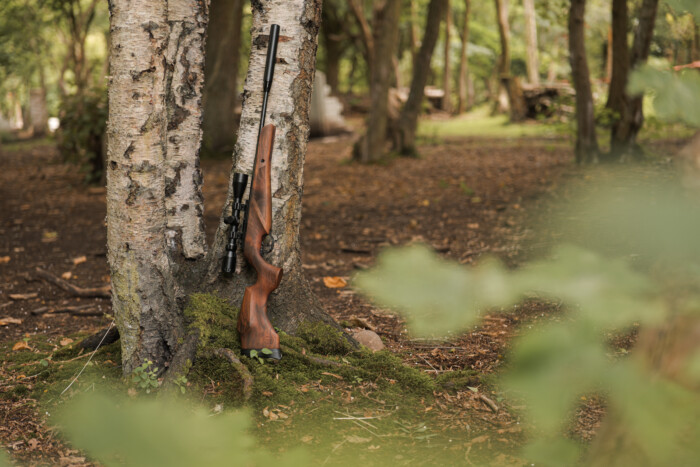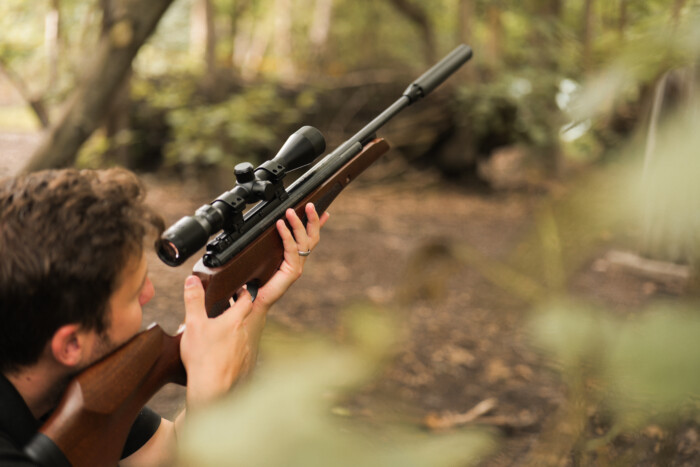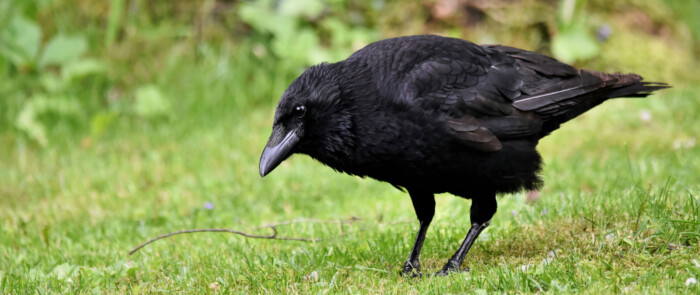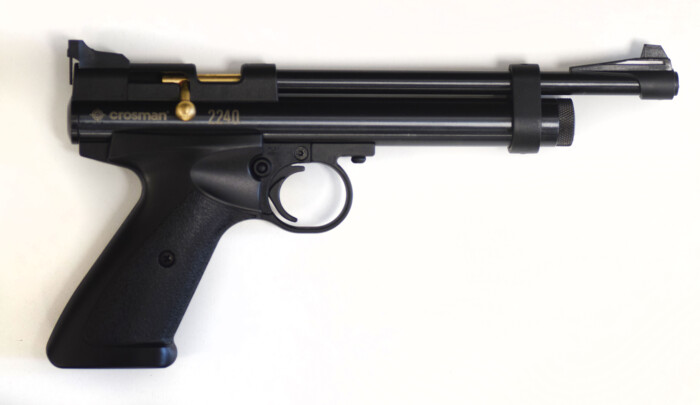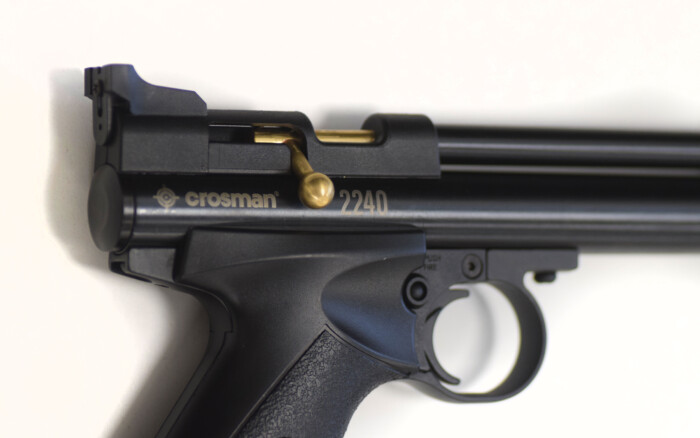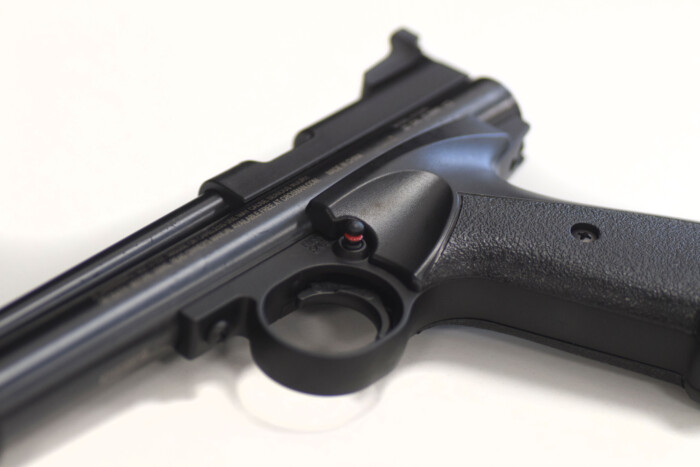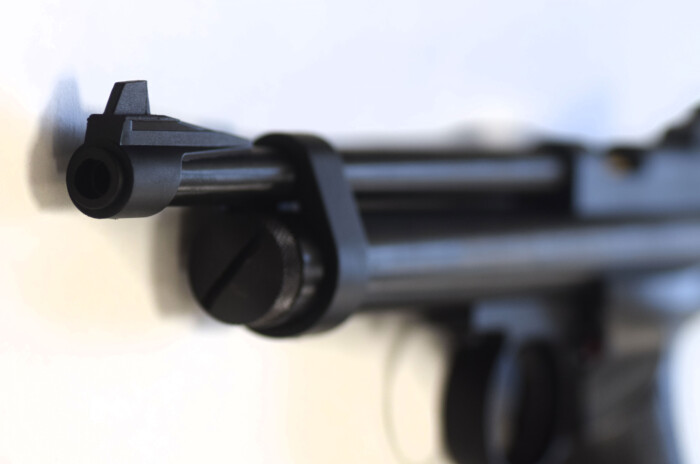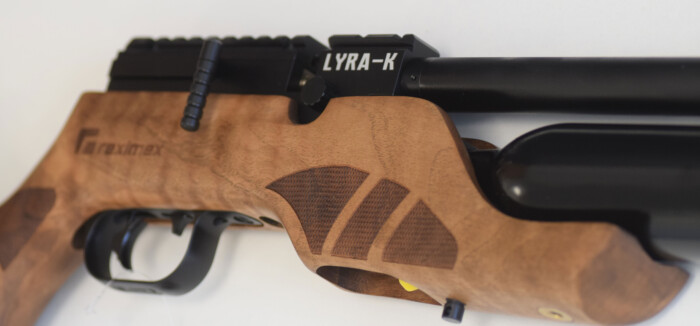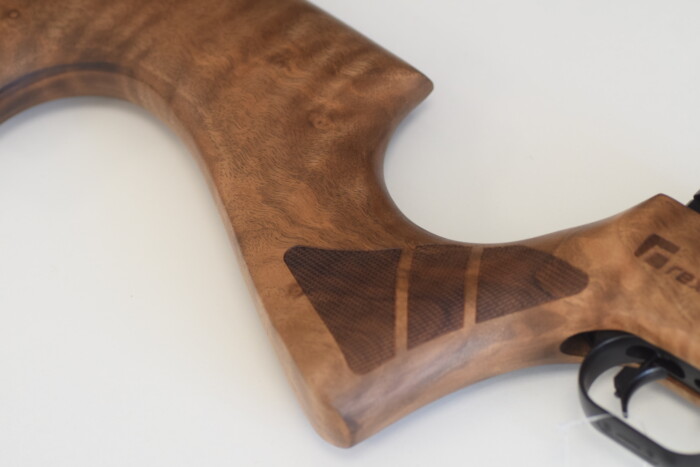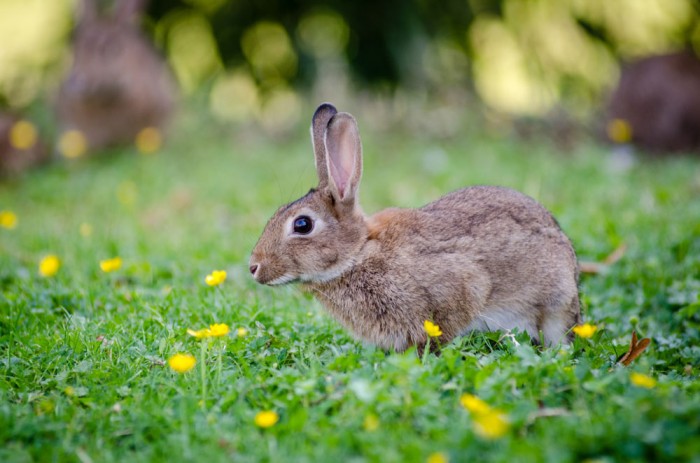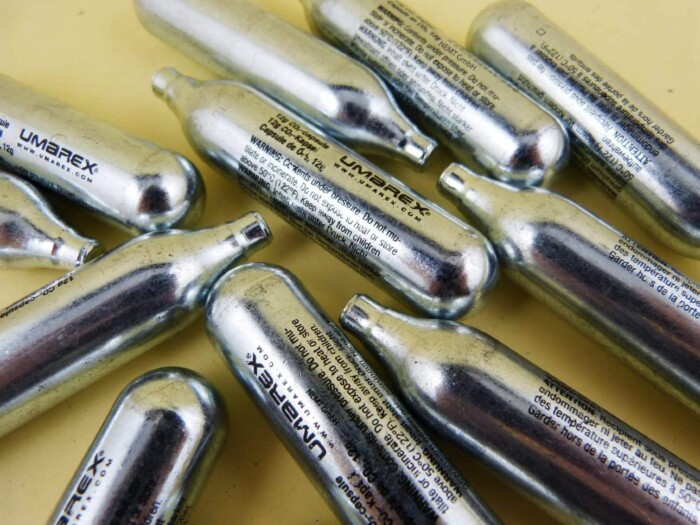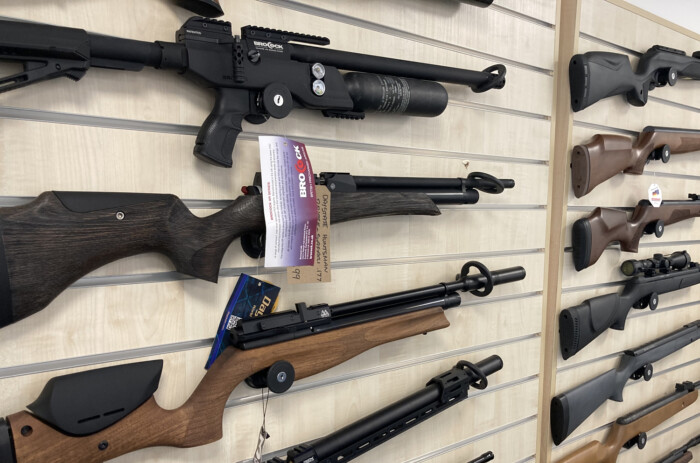If you’ve been happily plinking away with your trusty springer or CO₂ air rifle, but now you’re hearing the siren song of PCP airguns, you’re not alone. Pre-Charged Pneumatic (PCP) airguns have surged in popularity among both target shooters and hunters — and for good reason. They offer a serious upgrade in power, precision, and shooting experience.
But making the leap to PCP isn’t just about throwing money at fancier gear — it’s about understanding what you gain, what you’ll need to consider, and how it changes your relationship with shooting. So, whether you’re a backyard marksman, a competition hopeful, or a hunter eyeing your next quarry, here’s what you need to know before making the switch.
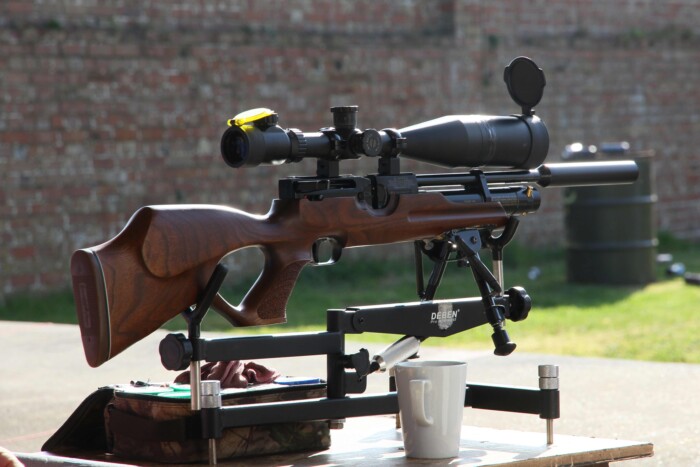
What Is a PCP Airgun, Anyway?
PCP stands for Pre-Charged Pneumatic — which may sound like something out of a steampunk novel, but it’s actually a modern, efficient airgun technology based on a very simple principle: using compressed air to fire a pellet with precision and consistency.
Let’s break it down.
💨 The Basic Concept
At the heart of a PCP airgun is a high-pressure air reservoir, usually located beneath the barrel or built into the stock. This reservoir is filled with clean, dry air — typically to pressures between 180 and 250 bar (that’s around 2,600 to 3,600 PSI). For context, that’s far more pressure than you’d get from a bicycle pump or a car tyre — so you’ll need special equipment to fill it (we’ll get to that later).
When you pull the trigger, a precisely metered burst of this compressed air is released behind the pellet. This sudden expansion of air pushes the pellet down the barrel and out toward your target — all in a smooth, controlled motion.
⚙️ How the Mechanism Works (Step-by-Step)
- Filling the Air Reservoir
Before shooting, the air reservoir (also called an air cylinder) is filled using:- A hand pump (takes effort but gets the job done)
- A scuba tank (quick and convenient)
- Or a dedicated air compressor (the most hassle-free but also the priciest)
- The Firing Cycle
Inside the rifle, there’s a firing valve and a hammer mechanism. Here’s what happens when you pull the trigger:- The hammer is released and strikes the firing valve.
- The valve briefly opens, releasing a carefully controlled puff of high-pressure air from the reservoir.
- This air pushes the pellet through the barrel at high speed — often over 800 to 1,000 feet per second depending on the rifle and pellet.
- Regulation and Power Control
Many higher-end PCP rifles include a regulator — a device that sits between the reservoir and the firing valve. It ensures each shot receives the same amount of air, regardless of how full or empty the reservoir is. That means:- Consistent velocity
- Tighter shot groups
- Greater efficiency (more shots per fill)
- The Magazine and Multi-Shot Systems
Unlike single-shot springers, many PCPs use rotary magazines or side-lever actions to load the next pellet automatically or semi-automatically. This allows for fast follow-up shots and less manual loading, especially helpful during hunting or timed target shooting.
🔄 Comparing PCP to Spring and CO₂ Systems
| Feature | PCP Airgun | Spring-Piston | CO₂ Airgun |
|---|---|---|---|
| Power Source | Compressed air | Mechanical spring | CO₂ gas cartridge |
| Recoil | None | Moderate to heavy | Light |
| Power Consistency | High | Varies with spring fatigue | Affected by temperature |
| Follow-up Shots | Fast with magazine | Slow (manual reload) | Fast with magazine |
| Filling | Pump/Tank/Compressor | No fill required | New cartridges needed |
| Cold Weather Performance | Good | Good | Poor (gas pressure drops) |
🔧 What Makes PCP Different — and Better? Here’s where PCPs really shine: power consistency.
Spring and CO₂ rifles often suffer from velocity variations between shots. With CO₂, temperature plays a big role — a chilly morning can sap your power. With springers, the mechanical movement can lead to slight inconsistencies. PCP airguns, on the other hand, deliver remarkably stable power from shot to shot.
Why should you care? Because power consistency directly affects your shot placement.
- Tighter shot groups: Less velocity variation means your pellets will land in a more predictable pattern.
- Better confidence: When every shot behaves like the last one, you can trust your aim.
- Fewer flyers: That one random pellet that sails high or low? Much less likely.
Whether you’re shooting from a bench or stalking rabbits, the difference is noticeable.
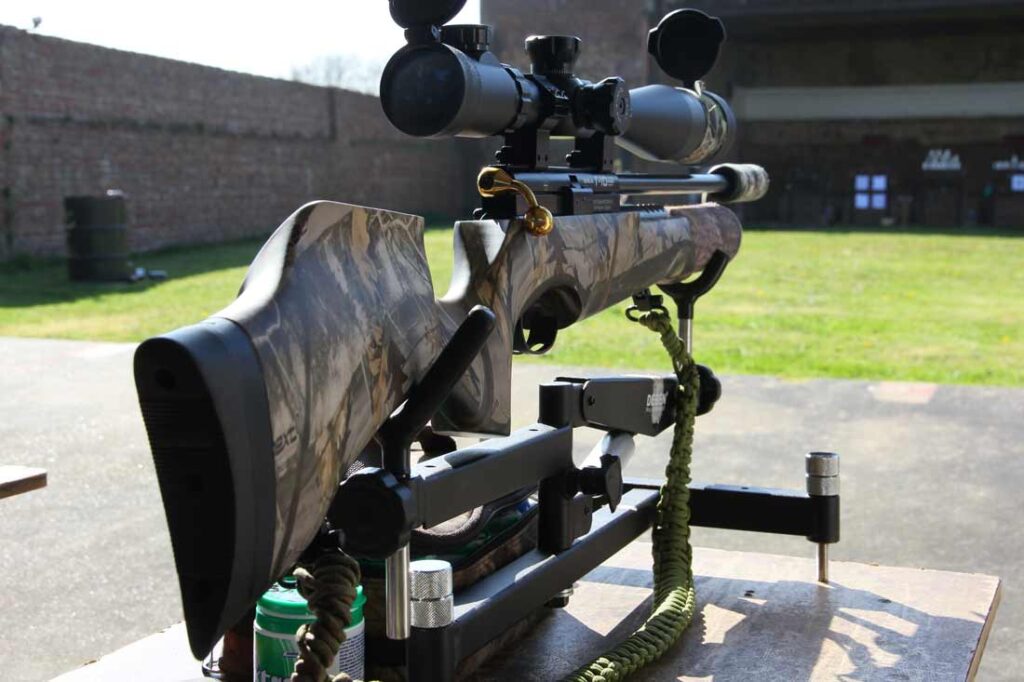
Low Recoil = High Comfort + Quick Follow-Ups
Ever flinched just before squeezing the trigger on a springer? Yeah, that’s recoil anticipation. It’s a real thing — and it can wreck your accuracy.
One of the biggest quality-of-life upgrades with a PCP airgun is the complete lack of recoil. With no spring snapping forward or gas expanding violently, shooting becomes smoother and more intuitive.
And because your sight picture doesn’t get thrown off with each shot:
- You can stay locked on target.
- You’re able to fire follow-up shots faster and more accurately.
- You don’t fatigue as quickly, which is a huge plus during long sessions.
Target shooters love this for obvious reasons, but hunters benefit too — especially when you need that second shot before your quarry bolts.
Multi-Shot Capability: More Pellets, Less Fuss
If you’re used to single-shot springers, this one’s a game-changer.
Many PCP airguns come with rotary magazines or multi-shot mechanisms, letting you load 10 or more pellets at once. That means:
- Fewer reload interruptions
- More time shooting
- Faster reactions when it counts
Whether you’re in the middle of a friendly competition or lining up shots in the field, this convenience makes a noticeable difference.
All-Weather Reliability
Let’s talk about environmental performance, particularly if you’re coming from CO₂.
CO₂ airguns are infamously temperature-sensitive. Cold weather causes the gas to contract and lose pressure, leading to lower velocities and frustrating inconsistencies.
PCP rifles? Unaffected by temperature. The compressed air in the tank remains stable whether you’re shooting in summer heat or winter frost. That makes PCPs the go-to choice for all-season shooters who demand reliable results in any environment.
But Wait — What’s the Catch?
Okay, so if PCPs are so amazing, why doesn’t everyone use them?
Well, a few things to consider:
1. The Initial Investment
- The rifles themselves are pricier than most springers or CO₂ guns.
- You’ll also need a way to fill them: hand pump, scuba tank, or electric compressor. That’s another upfront cost, though many consider it a one-time purchase.
2. Maintenance and Safety
- PCP airguns operate at high pressures (up to 250+ bar), so you’ll need to learn a bit about safe handling and air cylinder care.
- They’re not hard to maintain, but you do need to be mindful.
3. Filling Can Be a Workout (or an Expense)
- Hand pumps can be tiring — think “small cardio session.”
- Compressors or tanks make life easier, but they add to the cost.
Still, for most users, the benefits far outweigh these minor hurdles.

So, Should You Make the Leap?
If you’re someone who:
- Values precision and consistency,
- Wants the ability to take rapid, accurate follow-up shots,
- Plans to shoot regularly — in any weather,
- Enjoys convenience and performance in equal measure…
…then a PCP airgun isn’t just an upgrade. It’s a whole new level of shooting.
Final Thoughts: The Airgun of the Serious Shooter
Pre-Charged Pneumatic air rifles offer more than just flashy features — they deliver a shooting experience built around control, comfort, and confidence. With stable power, no recoil, multiple shots per fill, and reliable performance in any condition, it’s no wonder serious shooters are making the switch.
Sure, the entry price is a little higher, and there’s some gear to think about. But once you’ve had your first session with a PCP, you’ll probably never look back.
Whether you’re chasing tighter groups, quicker follow-ups, or simply a more refined experience behind the trigger, a PCP airgun might just be your next best decision.

